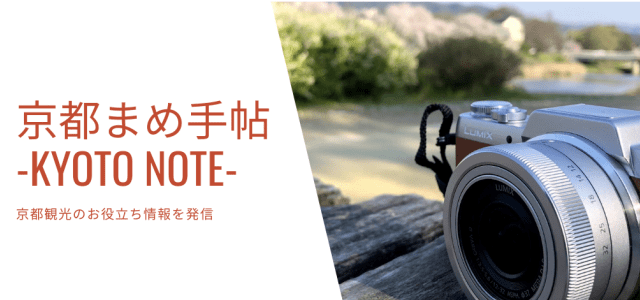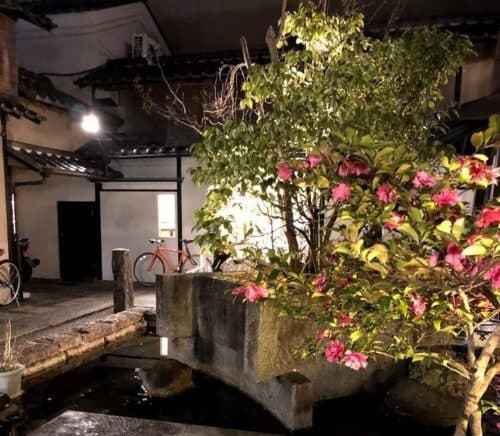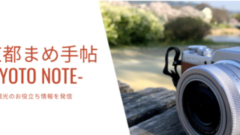Hello,
I am Mametako(まめたこ) who works at hotel in Kyoto.
I will tell you about “Stone” and “Bamboo” which you will see them at least once when walking in Kyoto.
Kekkai(結界) and (Tomeishi)止め石
Kekkai(結界) which you can see in Kyoto.
You will see something like this while walking in Kyoto.

「Kekkai of Ichiriki-tei(一力亭) 」in Gion
This is called the “Kekkai(結界)”.
“Kekkai” is like a border that separates space.
Kekkai are used in a variety of ways.
For example, Kekkai divides our world and the sanctuary, Kekkai divides the road and the living space and etc.
This Kekkai(結界) shows that “from now on, it is our space.”
If you are walking in Kyoto and there is a Kekkai in front of the building, do not step further.
 「Hanami-koji St.(花見小路通)」in Gion
「Hanami-koji St.(花見小路通)」in Gion

「Kekkai of temple」in Kyoto

「Kekkai in front of Gettai in Mampuku-ji temple(萬福寺)」in Uji of Kyoto
Whether indoors or outdoors in the Japanese garden, rooms or walkways, the Kekkai is used in various places.
“Tomeishi(止め石)” which you can see Shrines, Temples and in the Japanese garden
“Tomeishi(止め石)” is a stone used in shrines and temples and gardens and is also called “Seki Mori Stone”.
 「Tomeishi in the garden of Murin-an(無鄰菴)」in Kyoto
「Tomeishi in the garden of Murin-an(無鄰菴)」in Kyoto

「The garden of Murin-an(無鄰菴)」in Kyoto

「Tomeishi in the garden of building near Kamigamo shrine(上賀茂神社)」in Kyoto」
Tomeishi indicates that it is prohibited from entering.
If there is a Tomeishi on the road, we can not go any further.
Tomeishi(止め石) looks like a simple decoration, but it has meaning.
In the end of this article
In the end, I want to tell you something.
I think you will find various things when you walk Kyoto.
If you walk by knowing the meaning of each things, it may be more fun to walk in Kyoto.
I would like to be a force to make sightseeing in Kyoto more enjoyable.
Thank you for reading to the end.
Mametako
![Useful information for sightseeing in Kyoto [Kyoto Mame-Techo]](https://kyoto-note.com/wp-content/uploads/2023/04/京都まめ手帖11.png)


